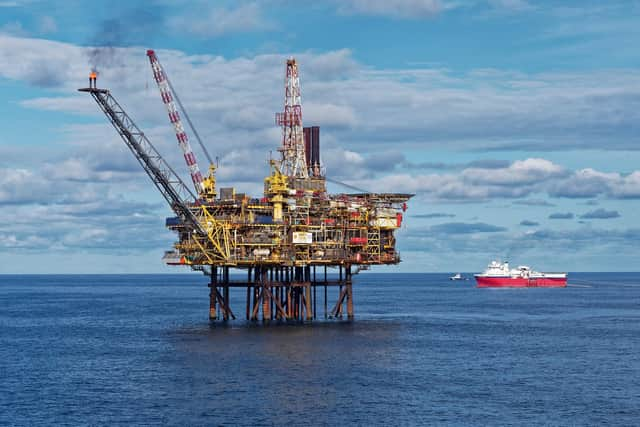Offshore oil and gas sector workers have never been safer - Rachel Trease
An overview of the offshore oil and gas sector’s health, safety and environment performance for 2022, published by Offshore Energies UK (OEUK), found that 2022 was the safest year to work in offshore oil and gas since records began.
According to the report, the total number of process safety-related “dangerous occurrences” reported in 2022 fell 22 per cent to the lowest level recorded. Employers are obliged to report certain dangerous occurrences under the 2013 Reporting of Injuries, Diseases and Dangerous Occurrences Regulations (RIDDOR).
Advertisement
Hide AdAdvertisement
Hide AdHydrocarbon releases accounted for the most common form of dangerous occurrences in 2022, with 52 of the 77 releases reportable under RIDDOR. The OEUK’s director of HSE, Mark Wilson, described the number as “unacceptably high” and warned of their potential to lead to loss of life. Dropped objects, well-related incidents, and fires and explosions were among the other common dangerous occurrences reported in 2022, according to the data.


Certain personal safety incidents are also reportable under RIDDOR. These include specified injuries and fatalities, and injuries that result in seven or more days off work. The OEUK said the data shows a “gradual creep upwards of accidents” in recent years, with 72 such incidents recorded in 2022.
“Bone fractures, strains/sprains and lacerations continue to account for majority of accident outcomes, with hands and fingers being the most frequently injured parts of the body,” the report said.
The OEUK has made clear in its report that the overall health and wellbeing of offshore workers will be a focus for it going forward, not just issues relating to traditional occupational health. Mental health is another focus area, with the body reminding employers that their health and safety duties extend to worker mental health.
The OEUK report follows on from a report published in October 2023 by the Health and Safety Executive (HSE) which highlighted health and safety risks arising in the context of maintenance work.


There were 1,083 non-compliance issues identified during HSE inspections of offshore oil and gas facilities in 2022, up from 757 in 2021 – of those issues, 158 related to maintenance. Other common non-compliance issues were identified with emergency arrangements, safety critical systems, and in relation to control of work.
It is evident from the number of maintenance non-compliance issues that the industry is still grappling with maintenance backlogs resulting from Covid-19 lockdowns. This is reflected in the OEUK’s own data, which found that the overall safety and environmental critical element preventative and corrective maintenance backlog decreased just four per cent in 2022.
Whilst the HSE did not issue prohibition notices in either 2022 or 2021, the non-compliance areas it identified are likely to inform its future inspections.
Advertisement
Hide AdAdvertisement
Hide AdThe HSE’s Energy Division Offshore said it will inspect higher hazard installations and operators with poorer performance with greater frequency and in greater depth than installations and operators where risks are perceived to be better managed.
Rachel Trease, Associate, Pinsent Masons
Comments
Want to join the conversation? Please or to comment on this article.